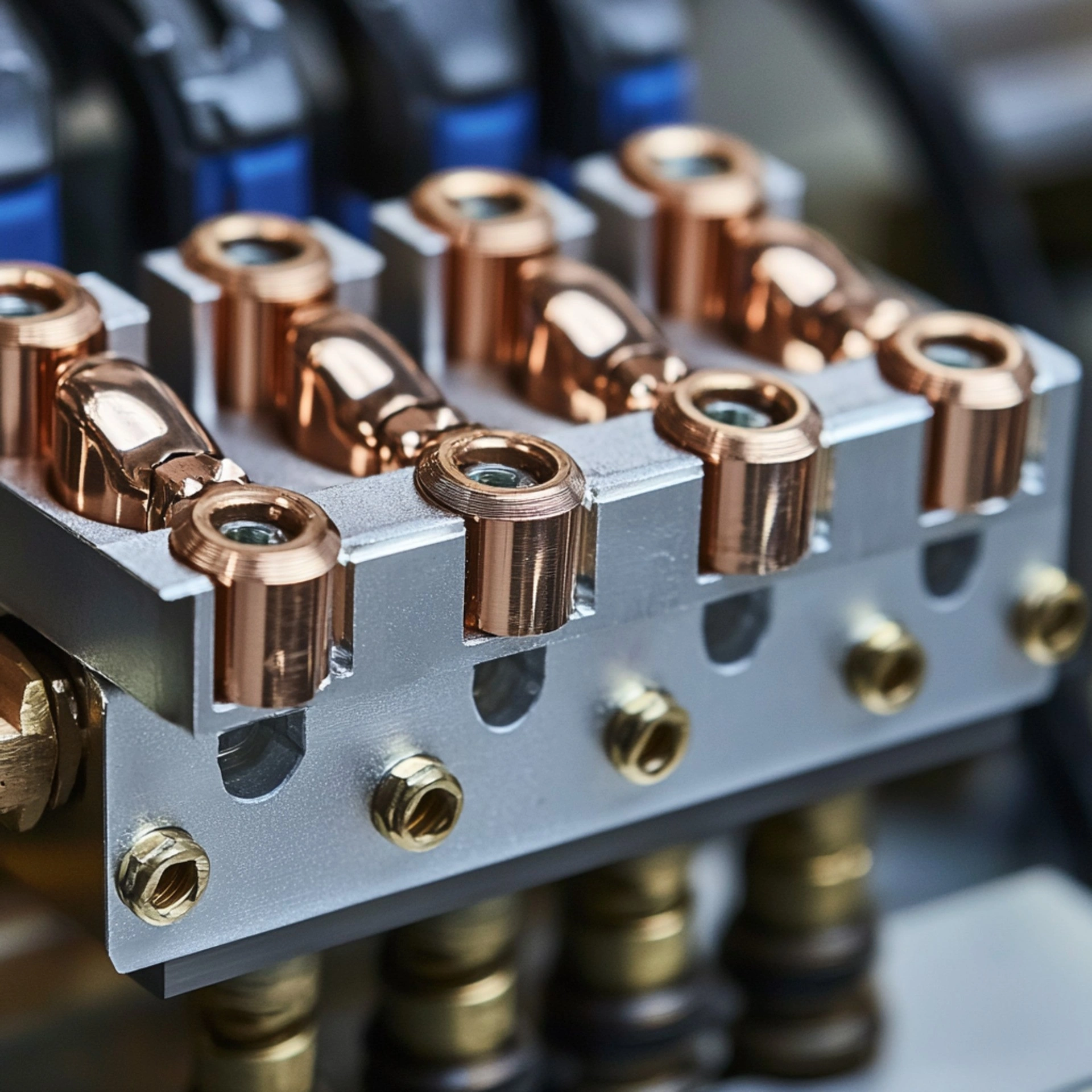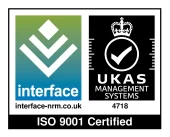Copper laminated connectors are essential in a wide range of electrical systems, particularly in high-current applications such as switchgear, transformers and busbar systems. These connectors offer both mechanical flexibility and excellent conductivity, making them a vital component in demanding environments. However, like all electrical components, they require routine inspection and maintenance to ensure long-term performance and safety.
This guide outlines the best practices for inspecting and maintaining copper laminated connectors in the field, helping engineers, maintenance teams and site operators ensure their systems remain efficient and reliable.
Why Regular Inspection of Copper Laminated Connectors Matters
Over time, copper connectors are exposed to several environmental and operational stresses. These can include thermal cycling, mechanical vibration, humidity and corrosion. If left unchecked, such factors can degrade the integrity of the connectors, leading to reduced conductivity, overheating and even failure of the system.
Routine inspection plays a crucial role in identifying early signs of wear or damage. It also provides an opportunity to prevent failures that could result in unplanned downtime or costly repairs. Organisations such as ILF Ltd, with their deep understanding of electrical components, emphasise proactive field maintenance to extend the service life of laminated connectors.
Common Issues Found During Inspection
During an inspection in the field, several typical problems may arise. It’s essential to understand these signs so they can be addressed promptly:
- Surface Oxidation: Copper naturally oxidises when exposed to air, particularly in damp environments. While light oxidation might not immediately impair function, it can lead to higher contact resistance if not addressed.
- Loosened Fasteners: Mechanical stress or improper installation may result in loosened connections. This not only affects conductivity but also increases the risk of arcing.
- Delamination: In laminated connectors, the copper layers are bonded with high pressure and temperature. Delamination, though rare, can occur due to repeated thermal cycling or poor manufacturing practices.
- Thermal Damage: Discolouration or charring is a telltale sign of overheating. This can happen due to overloading, poor ventilation or high contact resistance.
- Contaminants and Debris: Industrial settings often involve dust, grease and chemical residues. These can build up on connectors and interfere with performance.
Field Maintenance Best Practices for Copper Connectors
Effective maintenance involves both visual assessments and hands-on testing. Below are some practical steps to ensure copper laminated connectors perform optimally:
1. Visual Inspection
Start by visually examining the connectors without removing them from service unless necessary. Look for any of the following:
- Discolouration indicating thermal stress
- Cracks or signs of material fatigue
- Rust or oxidation, especially at contact points
- Accumulated dust or foreign materials
Use a torch or inspection camera for hard-to-reach areas. Keep detailed records, including photographs where appropriate, to track any changes over time.
2. Thermal Imaging
Thermal imaging is a non-invasive method that allows engineers to detect temperature variations that could indicate hot spots or failing connections. By comparing current readings to historical data, maintenance professionals can identify performance drops before they escalate.
3. Torque Testing
Regularly check the tightness of all bolts and terminal screws. Over time, vibrations can loosen hardware, reducing the effectiveness of the connection. Use torque tools calibrated to the manufacturer’s recommended settings to avoid over-tightening, which could damage the copper layers.
4. Cleaning Protocols
If oxidation or dirt is found, clean the connector using appropriate materials. Use a fine abrasive pad or brush to remove mild oxidation. Always ensure the power is off and follow site-specific safety procedures. Isopropyl alcohol or approved degreasers can be used for contaminants. Avoid using water-based cleaners unless they’re specifically formulated for electrical components.
5. Replacement Considerations
If any damage or performance degradation is found beyond safe limits, replace the affected connector. It’s better to opt for early replacement rather than risk system failure. Reliable manufacturers like ILF Ltd offer high-quality replacements that match industry standards.
Storage and Handling Tips for Field Teams
Store and transport spare copper laminated connectors in dry, temperature-controlled environments to protect their condition. Use protective covers to prevent physical damage and oxidation. Always handle them with clean gloves to avoid transferring oils or moisture from the skin.
Clearly label spare parts and store them by installation date to help teams prioritise stock rotation and use older items before newer ones.
Documentation and Compliance
Maintaining detailed inspection records is essential for both internal quality assurance and compliance with UK electrical safety regulations. These should include:
- Date of inspection
- Type and location of the connector
- Observations and photos
- Actions taken or recommended
- The inspector’s name and signature
Digital inspection platforms are increasingly used to streamline this process. They also allow for easier audits and trend analysis over time.
Your Next Steps
Maintaining copper laminated connectors is not simply a matter of checking for visual damage. It involves a combination of experience, structured inspection routines and awareness of environmental risks. Site engineers and technicians must develop a disciplined approach that includes scheduled inspections, cleaning, thermal scanning and correct torque management.
Organisations that adopt these best practices can enjoy more consistent electrical performance, fewer outages and better asset longevity. By following these field-tested methods, professionals can ensure that systems remain safe, efficient and fully compliant with industry standards. For those seeking additional guidance, experienced firms like ILF Ltd often provide technical advice and component support tailored to the demands of UK industrial environments.
Milly Edwards
Sales and Marketing Executive: Responsible for creating content for ILF's social media channels, website, print media and promotional work.








